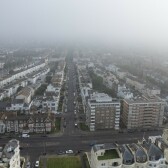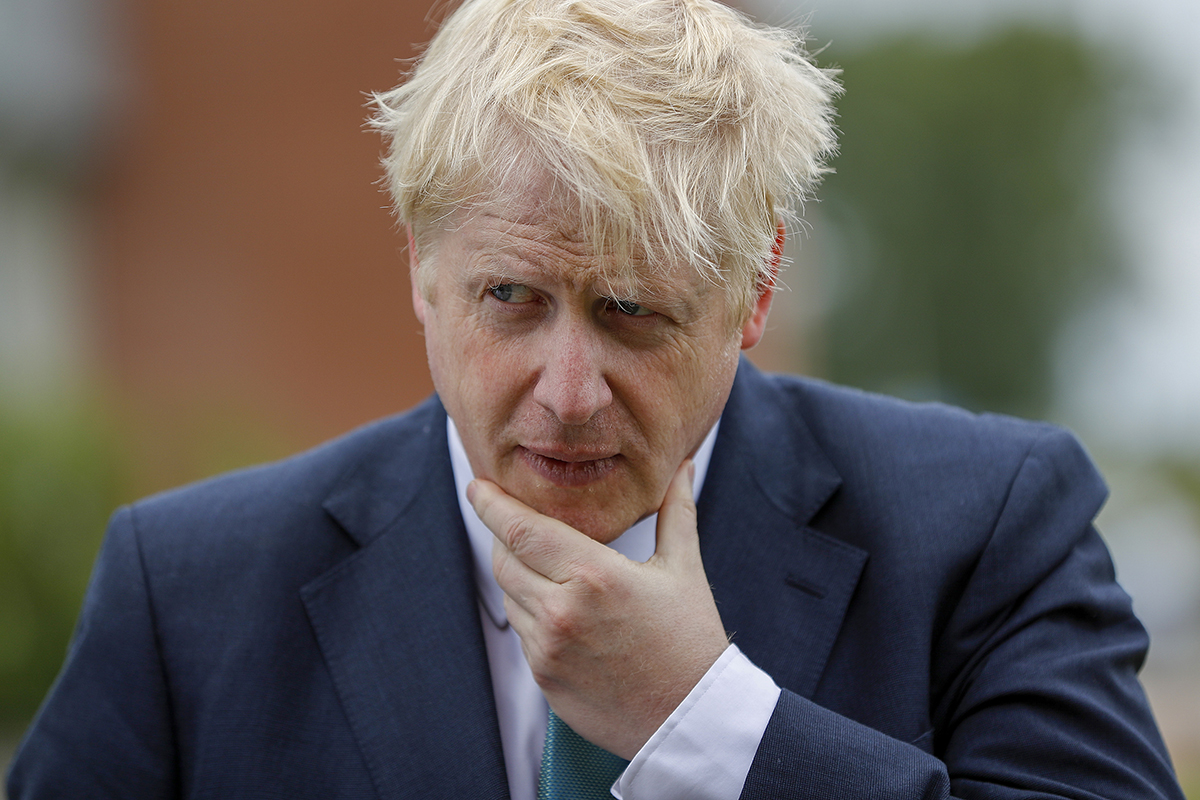Last week, Prime Minister Boris Johnson announced plans to extend the right-to-buy scheme to people on low incomes who rent their houses from housing associations. In the midst of the cost of living crisis, the Prime Minister announced he is committed to ‘helping people cut costs in every aspect of housing expenditure’.
Right-to-buy is a Government scheme which allows council tenants in England to buy their rented house/ flat at a largely discounted rate of between 35 and 70 per cent of the property’s value.
The policy was originally launched by Margaret Thatcher in the 1980s. In the 42 years since its launch a staggering 91% of all social housing sales were through the scheme and nearly 2 million social housing dwellings were sold.
Anyone who had lived in council housing for more than three years would be entitled to own it. Tenants were given 33% discount after three years which rose to 50% after 20 years with a ceiling of £50,000. They were guaranteed 100% mortgages by the local authority.
However by 2017, Inside Housing reported that 40% of right-to-buy homes were in the hands of private landlords, furthermore the tenants were being charged rent more than double the amount charged by the local authority.
So what is Boris Johnson proposing?
The proposed update to the scheme would open it up to low income tenants who receive housing benefits; it means that tenants in housing associations would be able to take advantage of prices up to 70 per cent lower than the market value. The discount varies depending on the location, the length of time someone has been a council tenant and whether the property is a house or a flat.
There are 1.6 million households living in council homes, but there are now 2.5 million households whose homes belong to housing associations. Housing associations are not state owned and while there is a scheme in place already it limits the discount to a maximum of £16,000, as opposed to council properties which can get a discount of up to 70% of the market value of their home.
Boris Johnson argued that the 30billion currently being spent on housing benefit, much of which is paid as rent to private landlords, should be used to help people secure and pay for mortgages on their own home instead.
Is there a downside?
However, the Right-to-buy scheme has caused a huge dent in the supply of social housing. The number of affordable homes built each year falls short of the number sold or required which is a downside of the scheme. There are currently over one million UK families on waiting lists for social housing, critics argue that the funding and focus ought to be on building more social homes rather than selling the council and housing associations that already exist.
A report published last year found that housing associations had no plans to replace the houses sold with the same number of new properties.
Polly Neate, chief executive of Shelter said “The maths doesn’t add up: why try to sell off what little truly affordable housing is left – at great expense – when homelessness is rising and over a million households are stuck on the waiting list. The government needs to stop wasting time on the failed policies of the past and start building more of the secure social homes this country actually needs.”
While the right to buy will help some, it ultimately doesn’t solve the supply and demand issues currently driving house prices to drastically increase.
Fraser and Fraser offer support in bring old homes back into use; we specialise in tracing owners or their next-of-kin to properties that are vacant, occupied illegally or falling into disrepair with no charge to the council. We also assist in bringing the property to a standard where it can be utilised in order to sell on, which can help increase supply of houses in the UK.
Please do not hesitate to get in touch by emailing info@fraserandfraser.co.uk or call us on 020 7382 1400.






 EXPLORE
EXPLORE